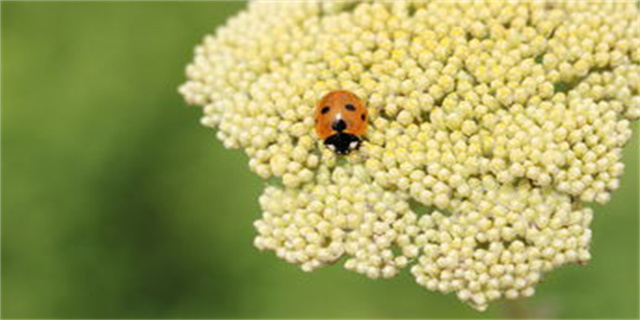长生问道睡成神仙(睡出长生的秘诀)
338 2024-03-24
Introduction
The food industry faces several environmental challenges, including the excessive use of plastic packaging materials that have a high impact on the ecosystem. Biodegradable packaging has emerged as a possible solution to these problems and has gained significant attention in recent years. This article examines the potential of such biodegradable packaging materials in the food industry and highlights the benefits, challenges, and innovations in this field.Benefits of Biodegradable Packaging Materials
Biodegradable packaging materials offer numerous benefits over conventional plastic packaging. Firstly, they are made of renewable resources such as cornstarch, sugarcane pulp, and potatoes, which makes them eco-friendly. Secondly, biodegradable packages decompose quickly, reducing the accumulation of waste in landfills. Thirdly, these materials require less energy to produce compared to conventional plastic, reducing carbon emissions.Furthermore, biodegradable packaging materials can be customized to suit various food products, including hot and cold beverages, snacks, and fresh produce. They offer a hygienic option, as they are resistant to moisture and bacteria, keeping the food fresh for longer. Additionally, these materials can be easily printed with logos, designs, and nutritional information.Challenges and Innovations in Biodegradable Packaging Materials

Conclusion
In conclusion, biodegradable packaging materials offer a promising solution to the environmental challenges faced by the food industry. With numerous potential benefits, including reduced waste accumulation, eco-friendliness, and customization options, it is clear that these materials are poised to become a major player in the industry. While challenges remain, innovative solutions are being developed that could address these issues and make biodegradable packaging more accessible and affordable. As consumers continue to prioritize sustainability and environmental consciousness, the potential for biodegradable packaging materials only grows, increasing the potential for a better future for our planet.
| 留言与评论 (共有 条评论) |
